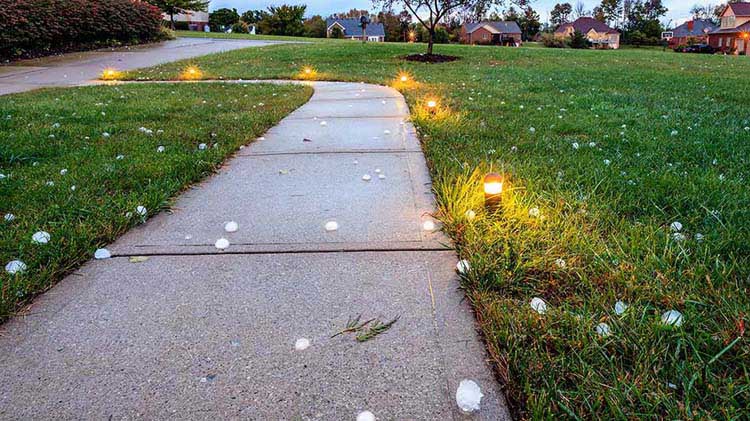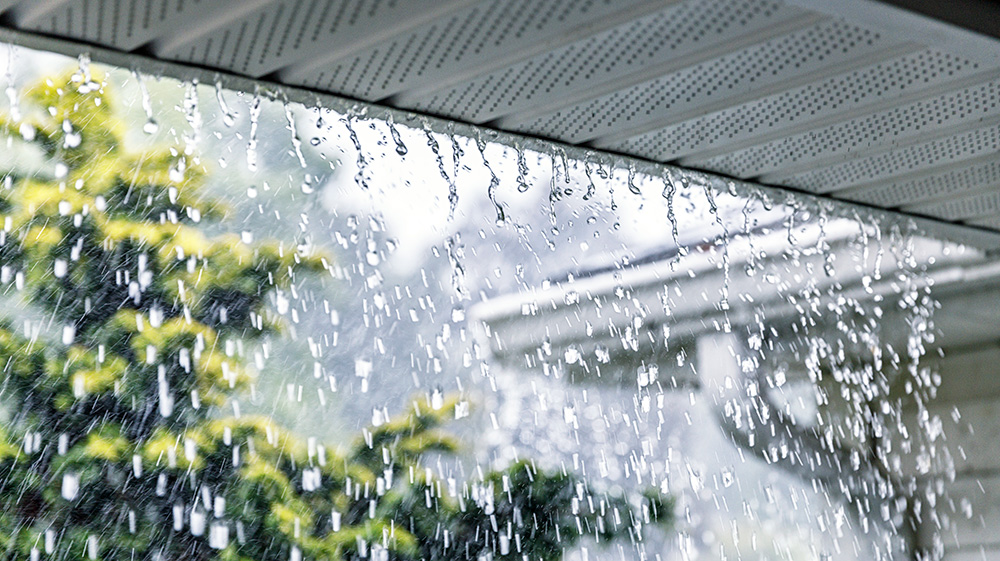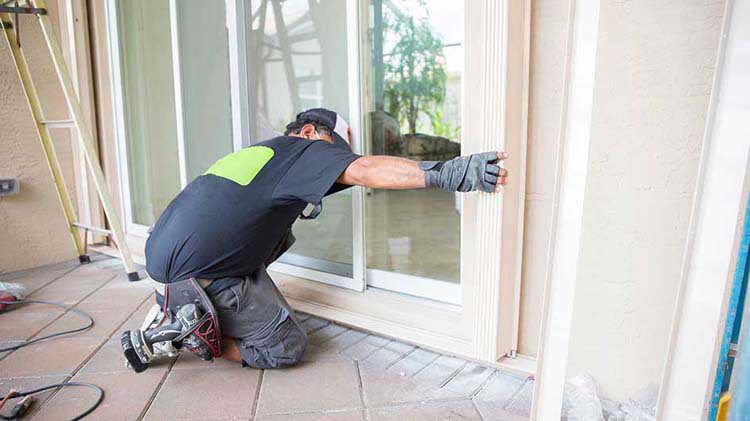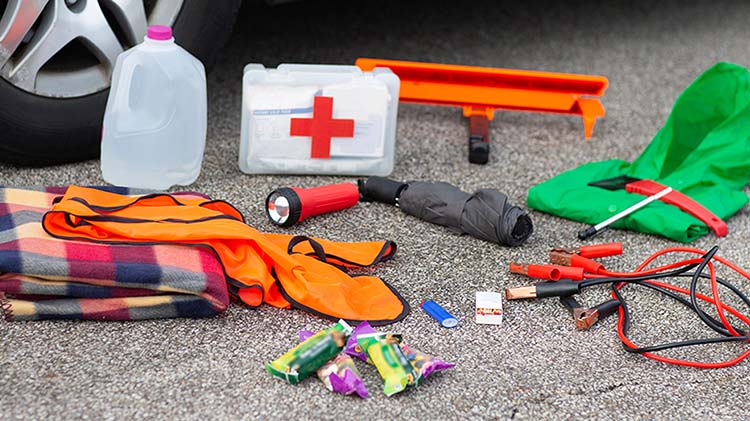Hailstorm safety tips
Hailstorms can cause significant damage to your home and possessions. Discover hailstorm safety tips and learn what to do during a hailstorm to help protect yourself.
Hailstorms are among the most common and costly weather hazards in the U.S., posing a significant risk to crops, buildings, vehicles and outdoor furniture. By learning about hailstorms and preparing in advance, you can take important steps to help protect yourself and your property from the potential damage caused by this severe weather event.
In 2022, State Farm® reported that claims for hail damage reached a staggering $3.5 billion, with 10 states accounting for $2.6 billion in claims. By familiarizing yourself with hail safety tips and knowing what to expect, you can learn effective strategies for what to do during a hailstorm, helping you prepare and minimizing the risk of damage to your home and auto, as well as personal injury.
What is a hailstorm?
A hailstorm is a term used to describe the phenomenon of chunks of ice — called hailstones — falling from the sky during or after a storm. Hailstones are formed when powerful gusts of wind occur during storms, sending precipitation upward into colder layers of the atmosphere where it can freeze.
The size and formation of hailstones depends on a storm's strength and atmospheric temperatures, which determine the amount of ice accumulated and how long hailstones are held up by storm updrafts.
Before a potential hailstorm
Here are some things to consider doing before a hailstorm occurs:
- Bring pets indoors. Help calm and protect pets from storms by bringing them inside or into a safe space.
- Shelter vehicles. When possible, move vehicles into a garage or another covered area. If you can’t move your vehicle or shelter isn’t available, consider covering it with a tarp or blankets which can help reduce the risk of hailstone damage.
- Store outdoor items. When possible, bring outdoor furniture, potted plants or anything that can be damaged inside.
- Prepare for power outages. Hailstorms can disrupt electrical service and may be accompanied by severe weather events such as hurricanes and tornadoes. Consider having a backup generator available for temporary power during power outages.
- Listen to weather alerts. A weather warning is an alert issued by a meteorological or hazard safety agency to indicate that a dangerous weather event is imminent or occurring. Local news outlets will also often report these warnings after they've been issued. Pay attention to all weather watches and warnings, as a severe thunderstorm watch indicates that an area may be threatened by a dangerous storm. Consider having a battery-powered radio or a hand-crank NOAA weather radio for updates.
Help prepare your family for the hazards and inconveniences of hailstorms by creating a disaster preparedness plan, including a disaster survival kit and an emergency evacuation plan. Also, having a home inventory of your possessions may help if you decide to file any insurance claims after a storm.
During a hailstorm
- Move indoors immediately. Hailstones vary greatly in size, but even small ones — driven by gravity and strong winds — can pose a danger to anything or anyone caught in a storm. If you’re caught in a hailstorm and unable to find proper shelter, the U.S. Forest Service advises finding something to at least help protect your head from falling hail, as head injuries can be especially dangerous in these conditions.
- Secure windows. Once you're indoors, close all drapes, blinds or shades to help prevent broken window glass and hailstones from entering your home.
- Find a safe area. If possible, move to a basement, cellar or other level of the building not directly below the roof. Stay indoors until the storm has passed.
- Take precautions when driving. If you're on the road during a hailstorm, stay in your vehicle and slow down and safely pull over, as roads may become slippery and the hail can cause damage to vehicles. Once you have pulled over safely, turn away from windows or cover yourself with a blanket to help protect yourself from possible broken glass.
After a hailstorm
- Inspect for damage. After the storm has subsided, safely survey your property for any potential damage. Hailstorms commonly cause damage to roofs, decks and exposed vehicles, so consider giving these items more extensive inspections.
- Document results. If any damage is found, document the results immediately with detailed photos as this can help simplify the process if you decide to file a claim.
- Clear debris. Sometimes a hailstorm can move or knock down objects, creating debris. Once you’ve inspected the property, consider removing any objects that you’re able to safely dispose of.
- Prioritize extreme damage. If any damage is found to have caused an impending or immediate emergency such as leaking roofs or pipes, broken windows or a weakened roof, prioritize addressing them first if it’s safe. Consider hiring a contractor for temporary repairs to avoid damage that may lead to further, potentially expensive repairs.
- Check electronics. If you experienced a power outage during the storm, inspect any electronics for possible damage and functionality.
- Consider contacting your insurance company. If you think you need to file a claim for damage related to the hailstorm, get in touch with your insurance company. If you're a State Farm customer, you can contact your local agent by phone, email or through the State Farm mobile app for questions you may have regarding hailstorms or the claim filing process.
Tips to help protect your roof
Hailstorms can severely impact roofs. Following a strong storm, try to safely evaluate the condition of your roof to identify any damage and help prevent further deterioration.
The Federal Alliance of Safe Homes (FLASH) has information about strengthening your home's roof decking and shingles against hail and other severe weather. Even if your roof is not currently damaged, you may want to discuss making these changes with a reputable roofing contractor. Taking early precautions may help protect your property from future damage.
Roofing discounts
You may qualify for roofing discounts on your homeowner's insurance premiums by using certain impact-resistant roofing products. Check out the roofing materials eligible for discounts and the states where discounts are available. Premium reductions are usually not available for roofs that have been overlaid onto existing roofs, except for certain qualifying metal roofs.
For more information about roofing discounts or to review your home and property insurance policies, please contact your local State Farm agent.




